Transition Ready Program at Wounded Warrior Project Readies Warriors for Civilian Life
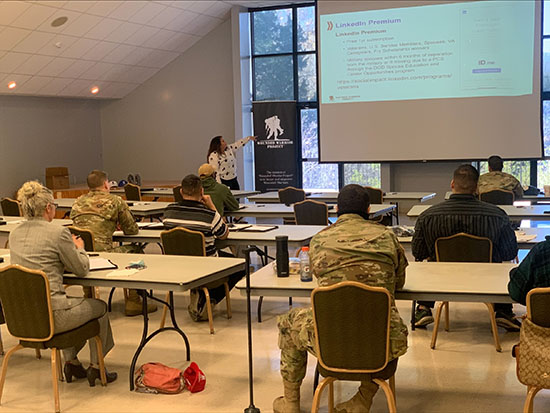
Reaching warriors early before they lose out on benefits and other opportunities is the primary focus of the Transition Ready program at Wounded Warrior Project® (WWP).
“They have to find jobs, they have to know their benefits, they have to be briefed on life insurance, they have to be briefed on VA compensation, medical care,” said Jeremy Matthews, senior national service officer at WWP and a Marine veteran who helps lead the Transition Ready programs. “So, we have to think big picture. We have to think about everything they're going to need. And if I don't have the answer, at least we know somebody who does. We connect all the pieces that we have in this organization to help them.”
The Transition Ready program aims to connect with warriors while they’re still in the military and at or near their transition point to prepare them for the changes they will face when trying to adjust to civilian life. Warriors can file for benefits, prepare to get a new job, get financial education, and find out what resources are available to them by tapping into WWP’s Transition Ready program. While the program primarily focuses on the immediate needs of a warrior after military service, such as financial wellness and employment, it also works closely with WWP’s wide range of other programs and services to ensure the warrior’s physical and mental needs are being met well after they have transitioned.
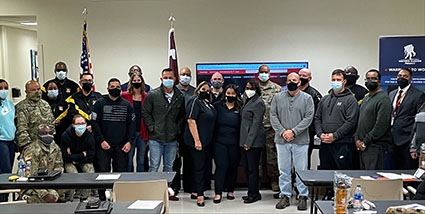
The WWP Transition Ready team visits warriors where they are, usually at their military installations, to answer their questions and provide crucial information.
Regardless of whether they’re retiring from service, being medically discharged or it’s the end of their time in service, the unknown looms large when leaving the military.
“We try to engage the warriors,” Jeremy said. “It’s about making a connection and I think we do that. We want them to know who we are and that we’re there for them.”
Joining the Civilian Workforce
For warrior Matthew Fox, who attended WWP’s Transition Ready program at Fort Campbell, Kentucky, learning tips for maneuvering the employment process in the civilian sector, was a huge help.
“One of the things that really struck me was being told that you have transferable skills,” Matthew said. “And it's knowing what skills you have in military and how they translate to the civilian sector. I think that's the thing that helped me the biggest whenever I was going through the program — trying to identify those things and transfer them into a language that the business sector understood.”
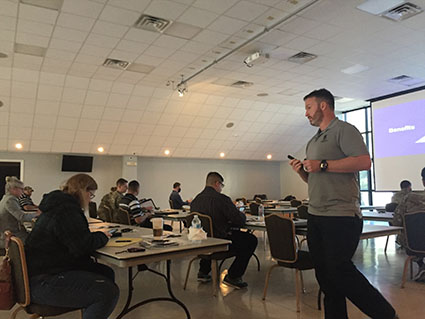
Matthew’s time in service with the Army ends in January 2022, and he already has a job lined up when he gets out.
“One of my concerns is definitely the camaraderie and culture [of a civilian job],” Matthew said. I didn't necessarily see the work itself as being too much of a concern for me, I was more concerned about finding an organization that had the right culture that would really include me and various veterans from across the services into its culture.”
Matthew was able to find a tech job at a financial company through its “military pathways” program and was able to connect to other veterans in the business.
With the major concern of finding work and earning income already addressed before he leaves the service, Matthew said he feels better prepared to make the move from the military career to his civilian life. He said the job preparation help he got through the WWP Transition Ready program was instrumental in preparing him for job hunting outside of the military.
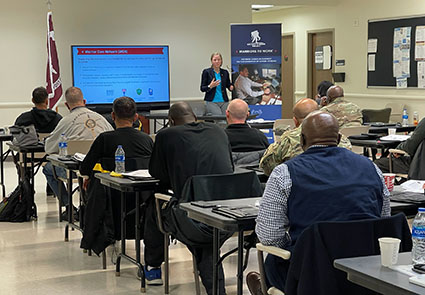
“I think the Wounded Warrior Project’s transition ready program was definitely a huge help,” Matthew said. “For me, I attended the interview prep session, and that was a huge help, especially the mock interviews. That helped me see where I was at with my interviewing skills, as well as where I needed to improve. I think that was probably the best event that I attended.”
Matthew said he thinks service members should be aware of the skills they’re uniquely able to offer a company and promote those.
“I think that every veteran really has something to contribute to an organization,” Matthew said. “It may not be a hard skill or specific skill set, but what they do have is a willingness to learn, adaptability, and leadership experience that nothing else in the world can really give them.
“I think if a company is not necessarily taking advantage of a veteran [workforce], they're really losing out on awesome talent and people who are motivated and driven to work.”
Finding Their Financial Footing
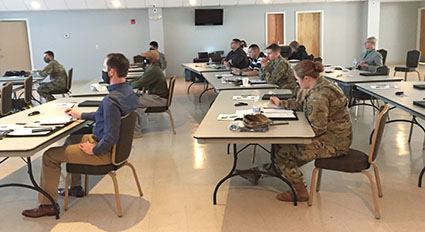
Financial concerns are a big issue for most people who are making a career change, but it’s probably even more relevant for service members preparing to leave the military. After leaving the service, warriors will often face the struggle of having their income reduced. They may have to wait weeks or months for VA disability or retirement pensions to kick in, and they are no longer receiving service pay and basic allowance for housing (BAH).
“The Department of Defense is not paying you. The VA is not paying you. They both have a waiting period,” Jeremy said. “That's when transition readiness comes in, to make sure they're ready and understand that so they can plan ahead.”
That’s why it’s important to start the process early, Jeremy said, so warriors don’t miss out on the benefits they’re entitled to and minimize any financial struggles they may face when they get out. And the longer a disabled veteran waits to file their claim, the longer they miss out on benefits they’ve earned from their service.
“We don't want them to lose anything,” Jeremy said. “I don't want them to be unemployed. I don't want their family to be hungry. I don't want their car to be repossessed. Those are my fears — what they're going to lose. So, it's easier to have your benefits in hand, and know you can pay your mortgage and feed your family and not be so stressed about job hunting.”
A Personal Approach
One of the main things service members need to keep in mind during the transition process is that it’s OK to ask for help. WWP’s Transition Ready program aims to create an individualized effort to reach warriors and address their individual circumstances and concerns.
“That's where the transition ready comes in,” Jeremy said. “We're here to assist and facilitate them from one point to the other. It's not one size fits all. Every case is unique, and that’s why I think it’s important to reach warriors early.”
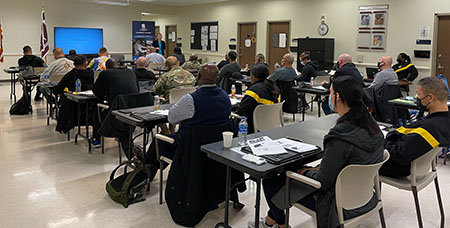
For Matthew, the willingness to reach out helped him get a jump start on his future outside the service and minimize the stress of his transition to civilian life.
“People are more willing to help you than you realize,” Matthew said. “It's a new world that we haven't necessarily been in for a while, so just be willing to learn.”
Jeremy hopes increased exposure to transition-ready programs for service members, ideally as far as six-to-nine months prior to leaving the military, will better prepare veterans for their future endeavors and reduce stress associated with making that move, especially for those dealing with physical and mental injuries.
“One thing we do here at Wounded Warrior Project is help with the visible and invisible wounds,” Jeremy said. “At the end of this, we're going to get through it together.”
Contact: — Paris Moulden, Public Relations, pmoulden@woundedwarriorproject.org, 904.570.7910
About Wounded Warrior Project
Since 2003, Wounded Warrior Project® (WWP) has been meeting the growing needs of warriors, their families, and caregivers — helping them achieve their highest ambition. Learn more.